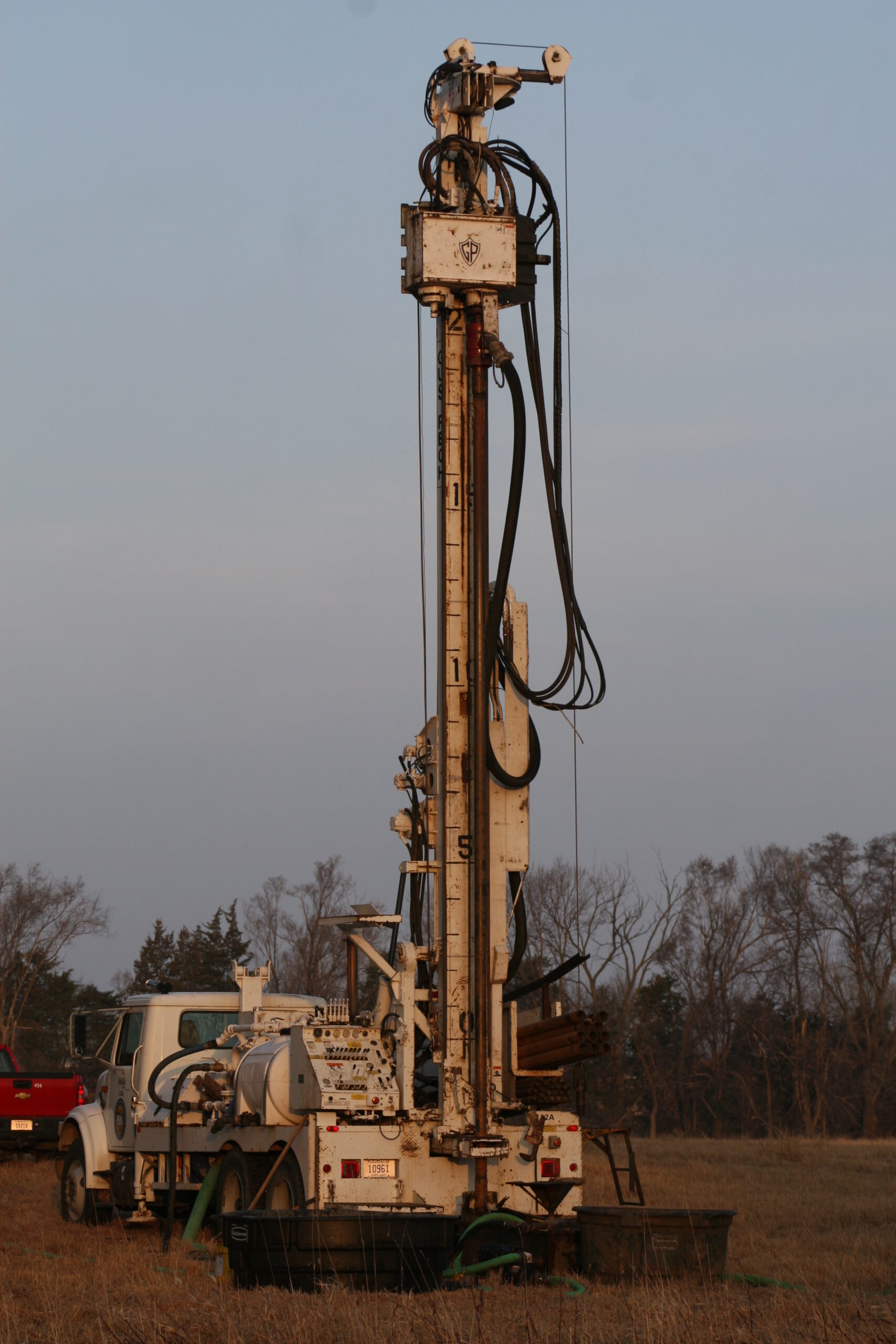Brunnen Schlagen: Everything You Need to Know
Understanding Brunnen Schlagen
Brunnen schlagen, or well drilling, is a critical process for accessing groundwater, particularly in areas where surface water is scarce or unreliable. This method involves boring a hole into the ground to reach aquifers, allowing for sustainable water extraction. The importance of grasping the fundamental techniques of brunnen schlagen cannot be overstated. It not only ensures a reliable water supply but also supports agricultural, domestic, and industrial needs in many communities.
The Basics of Well Construction
The initial steps in brunnen schlagen involve selecting the right location and preparing the site for drilling. Various factors like soil composition, local geology, and proximity to potential contamination sources are crucial when determining the well’s placement. It’s essential to conduct a thorough hydrogeological survey which aids in understanding the types of rock and soil layers present. For instance, if the geological tests indicate heavy clay, the drilling technique might differ compared to sandy soils. Proper planning plays a pivotal role in the longevity and efficiency of well operations.
Benefits of Brunnen Schlagen
There are numerous advantages of well drilling, particularly for areas that lack easy access to fresh water. One of the main benefits is the sustainability of groundwater as a resource, which can be utilized for various needs—including irrigation, drinking water, and even industrial applications. Furthermore, having a well can reduce dependency on municipal water supplies, leading to cost savings in regions with expensive water tariffs. Those who embrace brunnen schlagen often realize the potential for self-sufficiency in managing their water supplies, enhancing their resilience during droughts.

Tools and Techniques in Well Drilling
Successful brunnen schlagen requires specialized tools and techniques tailored to the ground conditions. Understanding the various types of drilling equipment is fundamental for both DIY enthusiasts and professional drillers alike. Different methods, such as rotary drilling, percussion drilling, and auger drilling, each have unique applications depending on the subsurface conditions.
Choosing the Right Drilling Method
When planning to drill a well, selecting the suitable drilling technique is imperative. For example, rotary drilling is favored for its efficiency in penetrating hard rock layers, while percussion drilling works well for softer soil types. Brunnen schlagen methods can drastically affect project costs, timelines, and the overall success of accessing groundwater. Understanding your specific needs, budget, and the geology of your location is necessary to take an informed decision on the method used.
Essential Drilling Equipment
Investing in the correct equipment can accumulate significant benefits in well drilling projects. Typical equipment involved in brunnen schlagen includes drill rigs, drill bits, and casing pipes. Drill rigs vary from portable, small-scale models for residential applications to larger, industrial-grade machines capable of handling substantive drilling operations. It’s vital to choose equipment that’s both appropriate for the drilling technique and the specific regional geology.

Common Challenges in Well Drilling
While brunnen schlagen can provide numerous benefits, it is not without challenges. Drillers may encounter unexpected geological conditions, such as boulders or aquifers that produce water at varying flow rates. Additionally, regulations may impact drilling processes, requiring permits or assessments to ensure environmental protection.
Navigating Regulatory Compliance
Before commencing any drilling activity, it is essential to understand local regulations regarding well installation. These may include environmental assessments, water quality testing, and licensing requirements. Complying with these regulations not only promotes sustainable practices but also ensures that the groundwater is safe for consumption. A well-planned approach that includes obtaining necessary permits will help in the successful execution of brunnen schlagen.
Mitigating Geological Risks
Addressing geological hazards is another significant aspect of well drilling. For instance, a sudden change in ground conditions can lead to project delays and costs overruns. Utilization of geological surveys to predict subsurface conditions may minimize such risks, enhancing success rates during a well installation project. It is essential to have contingency plans and the capacity to adapt to unforeseen circumstances.
Conclusion
Brunnen schlagen is a multifaceted process leading to significant benefits in water accessibility for various needs. By understanding the requisite techniques, tools, and essential precautions, individuals can successfully navigate the challenges associated with well drilling. This knowledge not only facilitates a sustainable water source but encourages responsible management of vital groundwater resources.
FAQ
1. What is the average depth for a residential well?
The average depth for a residential well typically ranges between 100 to 400 feet, depending on local geology and the depth at which groundwater is found. In some cases, shallower wells may be successful, but a deeper approach is safer to ensure a consistent water supply.
2. How often should a well be maintained?
A well should be inspected and maintained at least once a year. Regular maintenance can include checking the pump, ensuring the seal is intact, and testing water quality to avoid any contamination from nearby sources. The need for more frequent checks may arise depending on your location or if issues become apparent.
3. Can I drill my own well?
Yes, individuals can drill their own well, but they must follow local regulations. Understanding geological conditions and selecting appropriate equipment are critical to ensure a successful drilling outcome. For those inexperienced, hiring a professional to undertake the task is advisable to avoid pitfalls.
4. What is the cost associated with well drilling?
The cost of well drilling can greatly vary between $15 to $30 per foot, often totaling between $3,000 to $15,000 for residential wells. Numerous factors such as the type of soil, depth of the well, and materials required can influence the overall cost.
5. What are the dangers associated with poorly constructed wells?
Poorly constructed wells pose significant safety concerns, such as water contamination and structural collapse. Without proper sealing and maintenance, wells can become conduits for contaminants from the surface into underground aquifers, posing a health risk to users.
